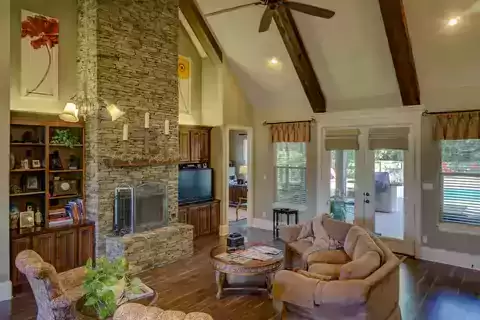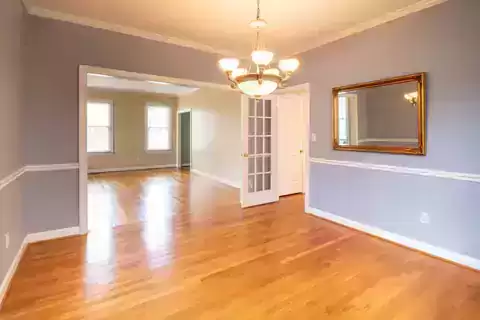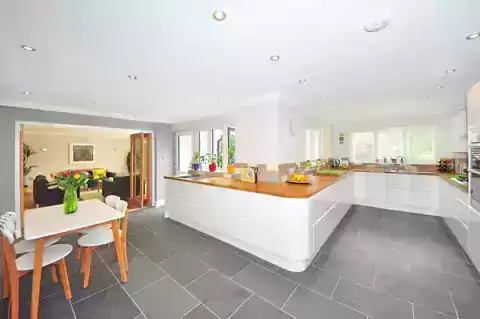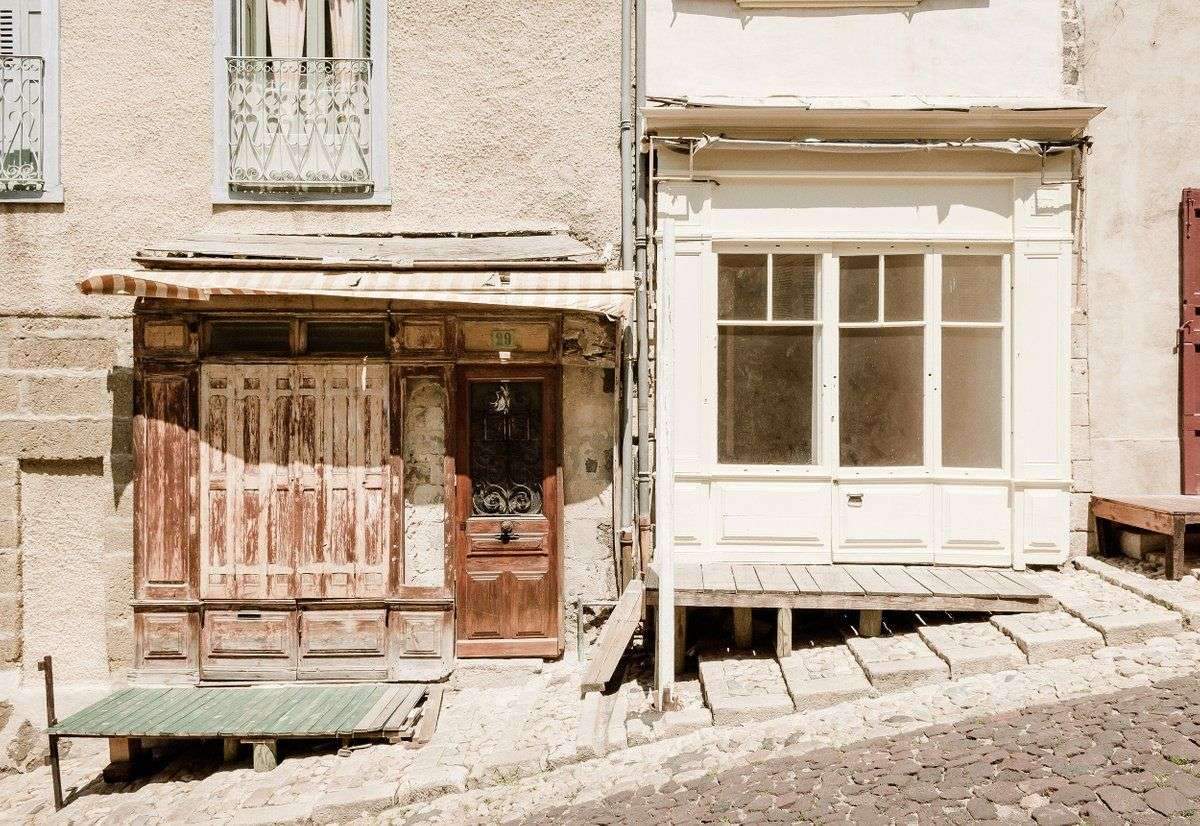Flooring is a huge part of building a home, and it plays a huge role in interior design.
But choosing any type of flooring just because it matches the design you want is a huge interior design mistake.
You shouldn’t. There are factors to consider if you want to make the best choice, this makes choosing the best ground a bit difficult.
This article will simplify the process for you, go over the chosen types of flooring and use their advantages and disadvantages as a guide to help you decide the best type of flooring for your home.

Types of home floors
solid wood
Solid wood is made from a single piece of solid wood, which is about 18-20mm thick, this solid wood may be oak, cherry or walnut.
Laminate floors are installed simply by nailing hardwood to a wood subfloor. Solid wood floors are best for living rooms, halls, and bedrooms.
Wood can be obtained whole or unfinished, you can install finished wood immediately but you will have to sand and finish the unfinished wood before installing it.
Hardwood is sold in 1.5- to 2.5-inch slats or 4- to 8-inch planks, all hardwood but some types are harder than others.
Solid wood is a good choice for a low-cost home. If you’re trying to keep costs down, buy reclaimed or recycled wood for your flooring.
Engineered wood
Engineered wood is an affordable alternative to solid wood, made by combining hardwood with multiple layers of plywood.
A thin natural wood grain veneer is attached to the top of the plywood sheets to make it cheaper, which is suitable for living rooms, bedrooms, halls and basements.
Engineered woods come in different types, they are made of different types of hard wood like oak tree, maple and the like,
They are also available in various styles and wide widths at very affordable prices.
Similar to solid wood, engineered wood is not difficult to install.
They can be nailed, glued, or floated over a cork or foam backing. unlike solid wood,
It can be installed directly on the concrete floor.

Ceramic tile
Ceramic tiles are made from a mixture of fired clay with pigment in different colors. It is one of the most versatile types of flooring.
They also come in different shapes, textures, sizes and colours.
Ceramic tiles are not suitable for floors as some types are mainly for walls.
Check with the retailer if it is suitable for your floors before purchasing.
Ceramic tiles come in four main types including porcelain tiles, inlaid ceramic, terracotta and quarry tiles.
Porcelain is one of the most suitable types of ceramic tiles for your bathroom, as it is stain and water resistant whether it is glazed or unglazed.
It is also tough and durable. Glazed ceramic has a glass-like coating that gives it any color or texture.
Clay comes in earthy stones and gives your home a rustic look, it is not as durable as other types of tiles.
Quarry tiles are shiny but rough. Provides more resistance against slips and falls.

bamboo
Bamboo flooring falls under the hardwood category, it is economically friendly because it is natural, bamboo gives the wood its light color.
And you can make it darker with processing treatments if you wish,
Bamboo is a member of the grass family but can reach 70 feet in less than two months, usually shipped in from Asia.
Bamboo wood comes in solid slats or engineered planks, and they also come in different beautiful patterns, flat grain bamboo,
vertical grain bamboo, narrow strips, and end grain bamboo.
It’s also suitable in the same spaces as other woods, plus, it’s perfect in the kitchen and mudroom.
For more architectural news
The use of environmentally friendly materials in interior design







